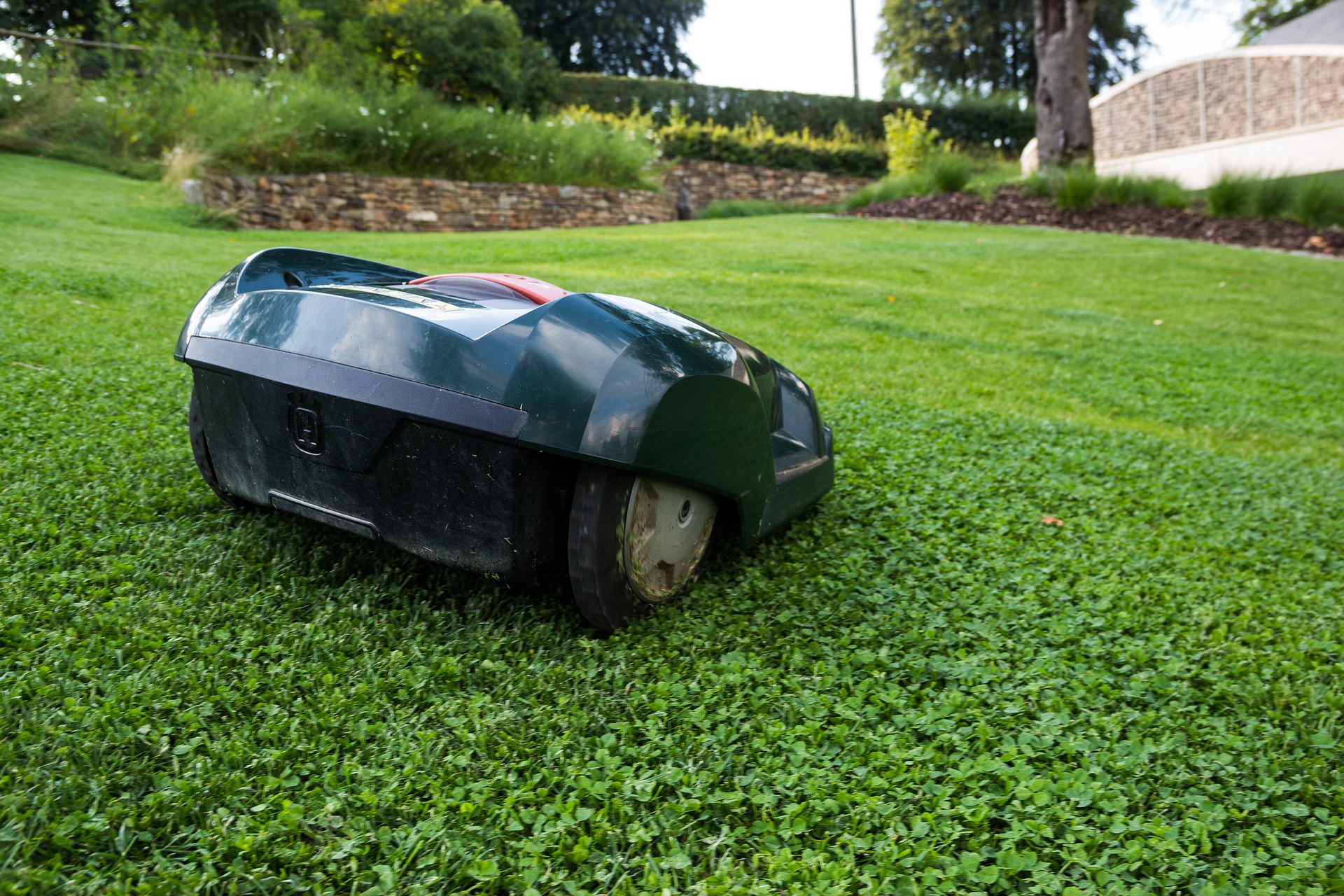Artificial Grass: Smart Solutions for Garden & Lawn
Artificial grass has evolved from basic plastic mats to realistic synthetic turf that transforms outdoor spaces. Homeowners choose it for low maintenance, year-round green appearance, and versatility across gardens, rooftops, and play areas. This article explains how artificial grass works, practical upkeep, design uses in landscaping, and considerations for safety and durability to help you decide if it fits your garden or lawn.

Why Artificial Grass Works in Your Garden
Artificial grass provides consistent color and texture without mowing, seeding, or seasonal browning. Modern synthetic turf uses varied blade lengths, thatch layers, and color blends to mimic natural grass while offering resilience against heavy foot traffic. For garden settings, it’s particularly useful where shade limits growth, or where water restrictions make live turf impractical. It also reduces ongoing lawn care tasks like fertilizing and weed control, freeing time for other garden projects.
A proper installation includes a compacted stone base and a permeable backing for drainage; skipping these steps can lead to sinking or poor runoff. When planning, consider transitional edges to natural beds and whether you want the turf to be removable for future plantings.
Is Synthetic Turf Right for Your Lawn?
Synthetic turf suits many lawns but isn’t universally ideal. It excels in family yards with pets and kids because it tolerates wear and recovers shape quickly. Lawns used primarily for visual curb appeal or low-traffic outdoor rooms are natural candidates. However, if you greatly value biodiversity, live grass supports more insects and soil life than synthetic surfaces.
Before committing, assess sun exposure, slope, and existing drainage. Local services can evaluate soil, recommend infill types, and estimate drainage solutions. For rental or temporary properties, consider turf systems that can be removed or repositioned to avoid permanent landscaping changes.
Maintenance Tips for Artificial Grass
Maintenance is straightforward but not zero. Routine tasks include brushing fibers with a stiff broom or specialized rake to keep blades upright, removing debris, and hosing to clear dust. For pet owners, rinse areas frequently and use enzyme cleaners for odors; select non-scented, turf-safe products to avoid residue buildup.
Inspect seams and edges annually and refresh infill where applicable to maintain cushioning and drainage. During heavy leaf fall, use a leaf blower or manual pick-up to prevent matting. These small efforts preserve appearance and prolong lifespan without the intensive watering or mowing cycles of natural lawns.
Design Ideas: Landscaping with Synthetic Turf
Synthetic turf integrates with many landscaping styles—from modern minimalist courtyards to Mediterranean rock gardens. Combine turf with paving, decking, and planting pockets to create usable surfaces that still feel planted. Narrow strips of artificial grass can soften hardscapes, while shaped lawn areas add visual contrast to patios and paths.
For rooftop gardens or container-rich terraces, lightweight turf over proper waterproofing provides a green look without the soil depth required for live lawns. Work with local services or a landscape designer to plan edges, drainage, and how turf will interact with planting areas to maintain both function and aesthetics.
Durability, Safety, and Your Garden Lawn
Durability varies by fiber quality, pile height, and backing construction. Look for UV-stabilized fibers to reduce fading, and choose higher-density turf for heavy-use areas. Many products specify warranties that reflect resistance to flattening and color loss; review those details and installation terms with providers in your area.
Safety considerations include surface temperature (turf can get hotter than natural grass on sunny days), infill material (some prefer silica sand or cork over crumb rubber), and slip resistance. For kids’ play areas, consider cushioning underlayments that meet impact attenuation standards. Also weigh environmental factors—some turf systems are recyclable or made with recycled materials, while microplastic concerns mean runoff and disposal should be considered in long-term planning.
Conclusion
Artificial grass and synthetic turf offer practical, low-maintenance options to keep gardens and lawns looking lush year-round. Success depends on choosing the right product for your use, preparing a suitable base for drainage and durability, and committing to light maintenance. When thoughtfully selected and installed, artificial grass can be a versatile component of modern landscaping, balancing aesthetics, functionality, and long-term upkeep.






